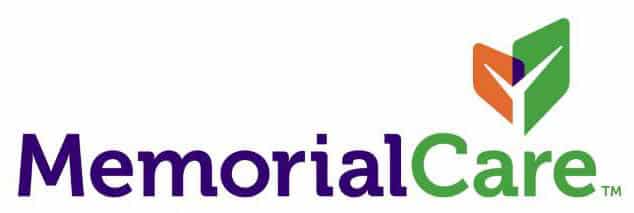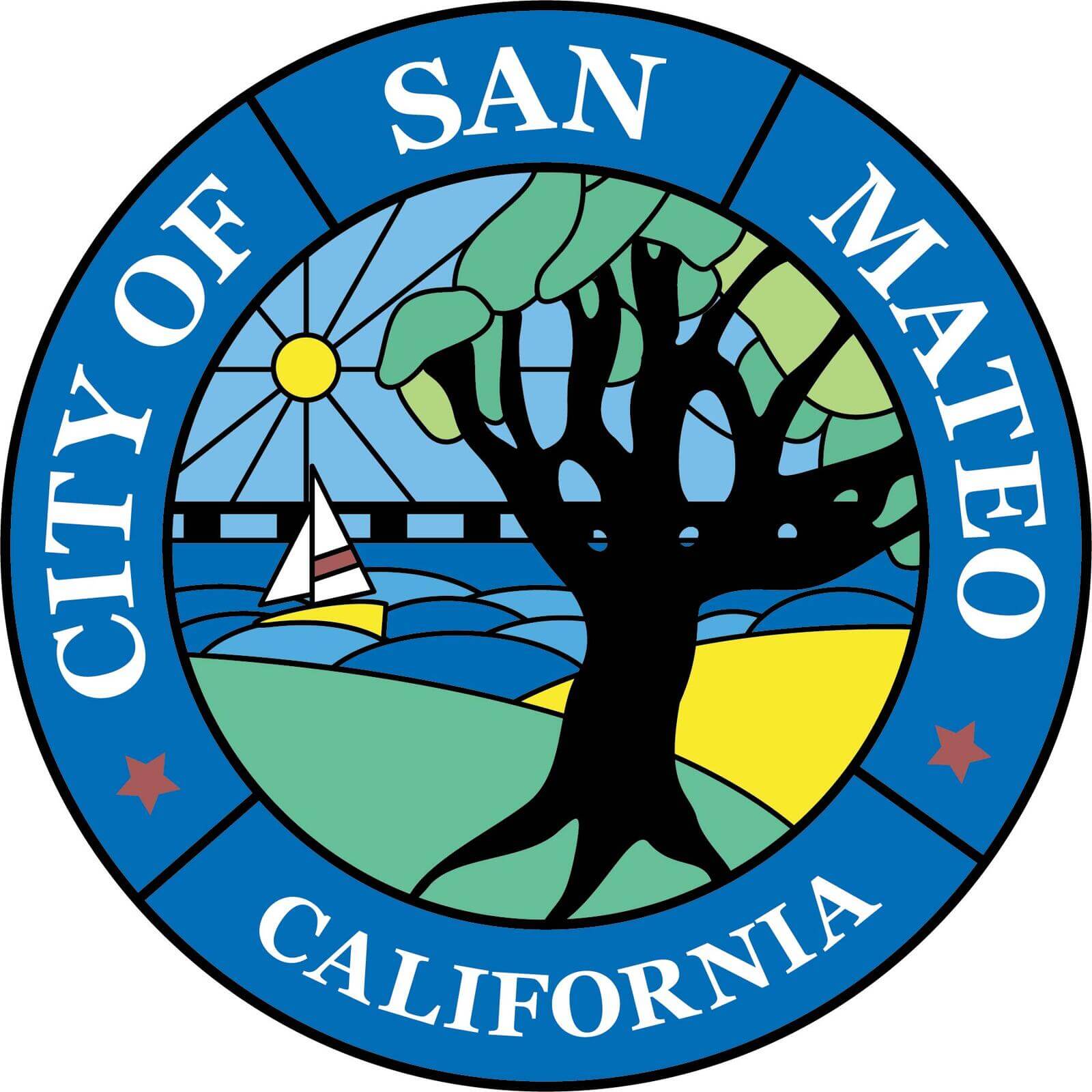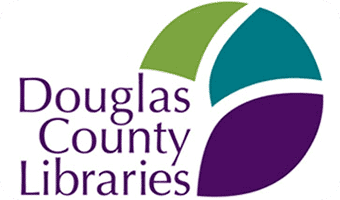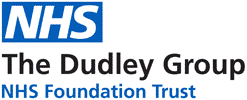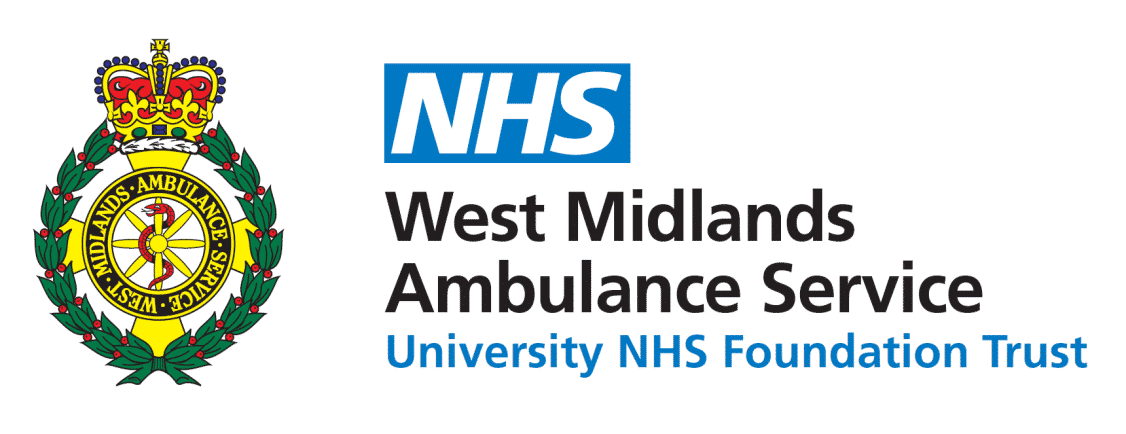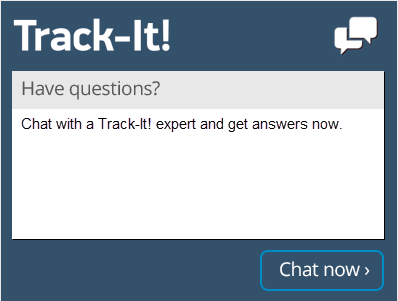Track-It! Case Studies
The Track-It! community is large and its users can be found in Help Desks in almost every industry. Learn how these customers used Track-It! to simplify and organize their Help Desk, IT Asset Management and End Point Management operations.
Memorial Care Health System
Memorial Care was facing the challenge of managing complex and dispersed IT infrastructure across different locations, tracking IT assets in real-time and tracking help desk requests across six hospitals with 8,000 employees across southern California. Track-It! provided improved workflow and Service Level Agreement (SLA) reporting, improved employee and facility satisfaction of IT service and support, real-time identification of assets across sites, the ability to assign tickets to technicians at all sites, the ability to associate users with the IT assets they use, utilize automatic asset discovery and provide faster ticket resolution. Read More
City of San Mateo
The City of San Mateo maintains networks and PCs for 600 users spread across 22 facilities in a diverse and rapidly growing high-tech city. After implementing Track-It!, they were able to save money due to needing less staff, had more satisfied users, had more efficient and happier help desk agents, provide safer, faster network access for users, were able to keep management better informed of help desk metrics and improved their performance in city to city benchmark comparisons. Read More
Zane State College
Zane State College started with a goal to provide support and first call resolution to a geographically diverse growing campus population of 2,000 students and 400 faculty and staff. Once Track-It! was implemented, they were able to process 400 whelp desk tickets per a month, achieve 90% end-user satisfaction, have immediate access to data for campus audits, save costs on personnel and provide instant visibility for management into real-time ticket data. Read More
PeoplesBank
PeoplesBank needed a help desk solution that combines increased functionality, quick response time and superior tech support to meet the needs of their expanding community banks. Track-It! allowed their help desk to provide services with more efficiency and faster resolution times, higher end user and management satisfaction with IT services, higher job satisfaction within IT, faster workflows and better access to important data. Read More
Douglas County Libraries
The Douglas Country Library was looking to replace their existing help desk software which lacked integration capabilities, was difficult to use, could not easily scale with increasing numbers of help desk tickets, lacked visibility into ticketing data, caused inefficient and slow service delivery and was resulting in poor IT staff and end user satisfaction. Once Track-It! was implemented, they were able to integrate all IT management capabilities into a single pane of glass. Track-It! provided them with an easy to use tool which provided quick and efficient deployment across varying departments, improved history of, visibility into and access to help desk ticket data and automated and streamlined issue reporting. Track-It! helped make the IT staff more efficient, allowing faster service delivery and resolution, automated IT management processes, increased IT productivity as well as greater IT staff and end user satisfaction. Read More
College of Marin
The College of Marin was looking for a better way to manage IT assets, increase efficiency, reduce redundancies and cut costs. They were seeking a solution that would automatically manage software licenses to ensure compliance, improve end-user satisfaction through better communication between IT and end-users and create a consistent process for purchasing of inventory. Track-It! enabled the IT department to cut costs by streamlining efficiencies, ensuring compliance to regulatory standards, proving the value of IT to the business, and improving end-user satisfaction. Read More
Client Management Case Studies
The Dudley Group – NHS Foundation Trust
As the implications of COVID-19 became clear, the Trust made the decision to move the majority of its non-essential workers to home offices, requiring the IT organization to quickly strategize a better solution for managing its employees’ devices off the network. Prior to this emergency, the asset management tool in use by the Trust was very slow to deploy, gave IT no ability to deploy offsite and no visibility to devices being used offsite, and created the potential for troubling security and compliance issues as a result. Read More
West Midlands Ambulance Service
A merger of several trusts formed WMAS in 2006 and the service inherited a number of standalone control rooms, operating independently with varying levels of technology. After reconfiguring its emergency operations centers (EOCs), WMAS now operates one of the country’s most sophisticated dispatch systems from two EOCs merged as a single virtual EOC. To support growth and allow WMAS to remain agile enough to manage capacity needs as they arise, the organization has adopted a cloud-smart strategy, with a careful balance of on-premises and cloud-based servers equipped to handle its robust call system. Read More

